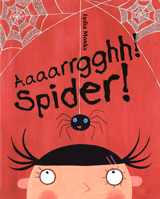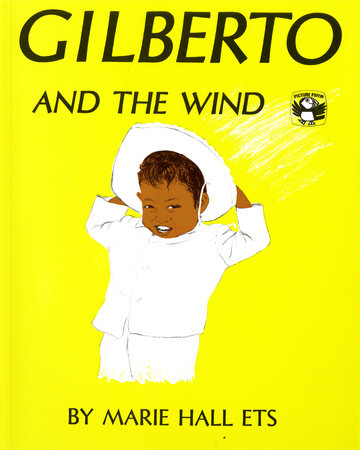FOR THE WEEKEND, share this fun title with your child!
Should I Share My Ice Cream? is appropriate for children age 2-8.
Should I Share My Ice Cream? is appropriate for children age 2-8.

In this Elephant & Piggie book from author and illustrator Mo Willems, Elephant Gerald struggles with the idea of sharing his ice cream with his best friend Piggie. Gerald realizes, after much contemplation, that sharing his ice cream cone with Piggie will make her happy, and is the right thing to do. In a dramatic twist, Gerald drops his ice cream cone. Continue reading to see what happens next.
Practice this Comprehension Strategy-Re-telling:
After you read Should I Share My Ice Cream? ask your child to take a turn and this time, they will tell the story to you. To help them get ready for re-telling ask question as you read through the story. Make note of what is happening on the pages, and of the decisions Gerald is making. Then when it is your child's turn, let them lead the way. Only prompt them if they ask or get stuck. You may end up hearing a very different story from the original, but that is okay!
Do this with your child:
Elephant Gerald has a tough decision to make in Should I Share My Ice Cream? He wants to eat his ice cream cone, but he also wants his friend Piggie to be happy. Ask your child about why it is important to share and to give. For an extra activity, help your child pick out some canned goods to donate to help make someone happy and bring them to a local drop off!
If you're interested in sharing Should I Share My Ice Cream? with your child you can find it from Hyperion Books for Children here. Please follow them on Instagram and Twitter.
Find more from Mo Willems on his website and follow him on Twitter.














